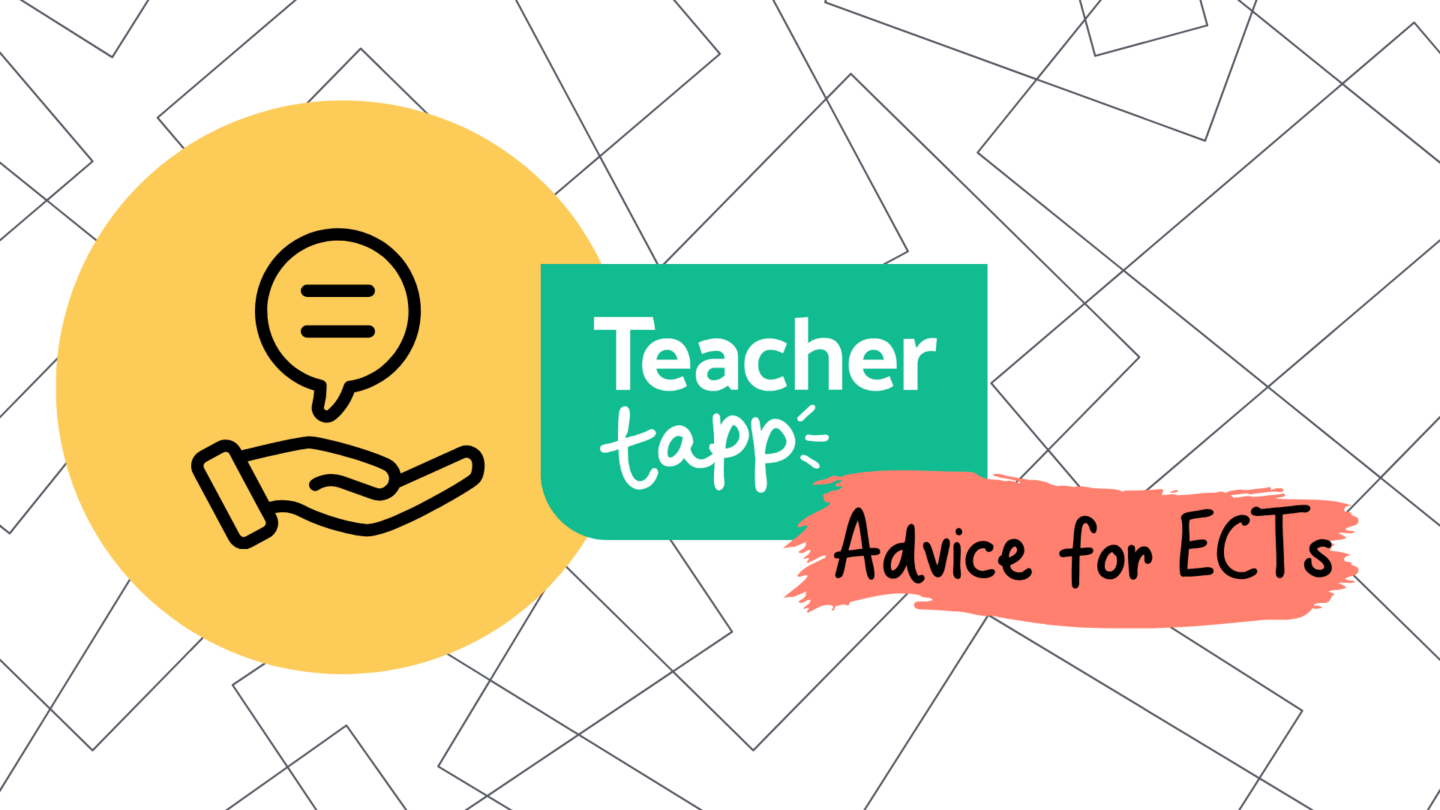Wouldn’t it be amazing if the Teacher Tapp panel perfectly reflected the teacher population as a whole? Then your responses would straightforwardly tell us exactly what all teachers were thinking!
In England, we have two sources of information which helps up to understand the make-up of the teaching population as a whole. For state-school teachers, we have the School Workforce Census, and for independent school teachers, we have the Independent School Council’s Annual Survey.
Using both of these, we can compare our panellists to the teaching population as a whole!
Secondary school teachers are signing up faster than others
From the day Teacher Tapp was launched, we found that secondary school teachers were signing up faster, while primary and special school teachers were under-represented.
Secondary teachers make-up about half the teaching population, but they are 68% of our November 2022 sample. In order to attract more primary teachers, we ask questions especially designed for primary teachers, and we’re continuing to look at more things we can do to cater for these under-represented groups.
However, having a lot of secondary school teachers is pretty useful. We’ve found in the past that the working lives of teachers differ by subject specialism quite a lot, so having a large sample to analyse is particularly interesting!
We have more older teachers than younger
Among the population of teachers, there are approximately 23% of teachers in their 20s, however among the Teacher Tapp panellists, just 17% say they are in their 20s.
In fact, having a good sample of younger and less experienced teachers is quite important, as capturing the experience of a teacher in their first few years of the job is a key piece of information to understanding why many leave the job after their first years.
Too many leaders spoil the broth?
Teacher Tapp is extremely popular with those in senior leadership positions – they make up 25% of our panel versus 15% of the teacher population. Leaders are keen on thinking about their work, it seems! This is useful for us because there are many questions about schools that only leaders can answer.

Some Tappers are worth more than others!
In the full analysis we conduct on the panel, we create a set of post-stratification ‘weights’ that allow us to count the responses of some teachers more than others. We can only adjust for teacher characteristics where we know their proportions in the teacher population and re-weighting cannot be carried out on too many factors at once. At the moment we are re-weighting by:
- Gender
- Age category
- Senior leadership status
- Phase of schooling
- Private versus state-funded
To give an example of how these weights work, in a recent analysis we gave female primary classroom teachers in their 30s a weighting of 2.4x the value of a typical respondent. At the other end of the scale, male secondary senior leaders in their 30s were given a weighting of 0.6x the typical respondent.
This is the kind of analysis we carry out with the data behind the scenes to work out how best to represent the lives of real teachers in England.
The more teachers we recruit to the panel – particularly primary and special school teachers – the more interesting the research gets!





